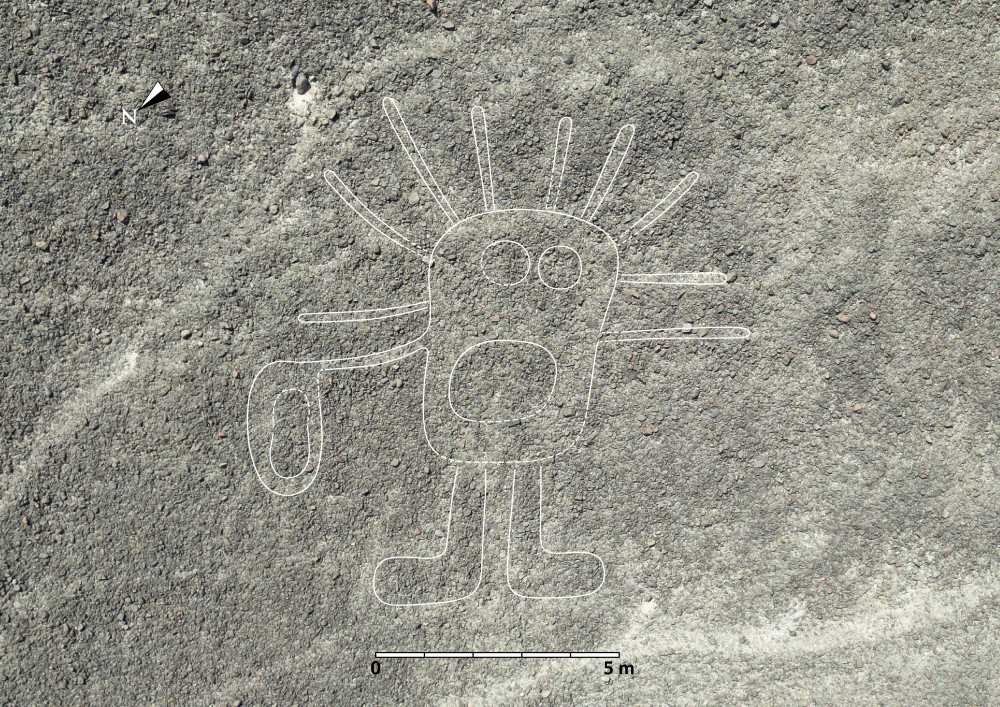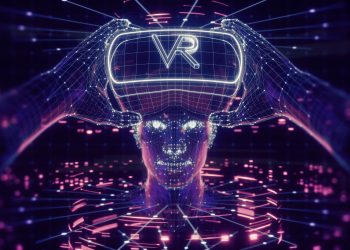Recent research has uncovered over 300 previously unknown Nazca Lines geoglyphs, thanks to the application of advanced artificial intelligence technology. These new findings bring the total number of discovered geoglyphs in Peru’s Nasca Pampa region to nearly double what was previously known. The discovery was made by a team led by Masato Sakai from Yamagata University, Japan, and highlights how modern tools can shed light on ancient mysteries.
A Deeper Understanding of the Nazca Lines
The Nazca Lines, massive geoglyphs etched into the desert floor of southern Peru, have long been a source of fascination. These designs—some stretching for kilometers—can only be fully appreciated from the air. They depict various shapes, including animals, humanoid figures, and abstract geometric patterns. Created over 2,000 years ago by the Nazca civilization, the purpose of these lines has been debated by researchers for decades.
Many theories have emerged about the Nazca Lines’ purpose, but their true meaning remains elusive. Some scholars link the geoglyphs to astronomical events, suggesting they were used as a calendar system or for star-based rituals. Others propose the lines played a role in religious ceremonies, where participants would walk the paths as part of a spiritual practice or as a prayer for rain to sustain agriculture. Still, others think they might have been markers, guiding travelers or symbolizing sacred spaces.
Thanks to new discoveries using advanced technology, we’re getting closer to understanding the cultural and spiritual significance behind these ancient creations. The sheer size and complexity of the geoglyphs raise interesting questions about the intention behind them, especially since many seem designed to be viewed from high above—a perspective the Nazca people didn’t have access to.
Though we’re still far from pinpointing their exact function, each newly uncovered geoglyph adds another piece to the puzzle. What’s exciting is how modern technology, not just AI, is helping us peel back the layers of history. This approach brings us closer to decoding the mysteries left by civilizations like the Nazca, showing us how much more there is to learn from the past.
How AI is Transforming Archaeology

The team from Yamagata University used an AI tool called ResNet50 to analyze large sections of the Nasca Pampa. This technology enabled them to detect patterns and shapes that had been overlooked by previous researchers. Over a six-month period, the AI identified 303 new geoglyphs, many of which are smaller relief-style figures that are difficult to spot with the naked eye.
Traditionally, identifying geoglyphs required aerial photography, satellite imagery, and ground surveys, processes that were time-consuming and limited in scope. AI has dramatically increased the speed and efficiency of these efforts, allowing researchers to uncover new details about the ancient Nazca civilization.
What Do These New Geoglyphs Represent?
This is the interesting part I find really fascinating. As per the Debrief, the newly discovered geoglyphs include both humanoid and animal figures. Some depict familiar animals like birds and llamas, while others feature more abstract or difficult-to-identify shapes. Most of the new figures are classified as relief-type geoglyphs, smaller designs often found near ancient footpaths. These may have been intended for viewing by people traveling on the ground, rather than from the air.
In contrast, the larger line-type geoglyphs, which are more recognizable from above (again I wonder why?), were likely part of larger community rituals or events. Pottery fragments found near these sites suggest that ceremonial activities may have been conducted in their vicinity, possibly involving offerings or sacrifices.
The Future of Nazca Line Research
As AI continues to be integrated into archaeological research (and other scientific fields as well), discoveries like these are expected to become more common. The technology allows researchers to cover large areas quickly and detect subtle details that might be missed by traditional methods. The 300 new geoglyphs are just the beginning—there are likely many more waiting to be uncovered.
This newfound efficiency opens the door to deeper explorations into the cultural and spiritual lives of the Nazca people. While many questions remain unanswered, the continued application of AI in archaeology promises to bring us closer to understanding one of the ancient world’s most enduring mysteries.
What new insights will AI bring to archaeology next? Only time—and technology—will tell.











